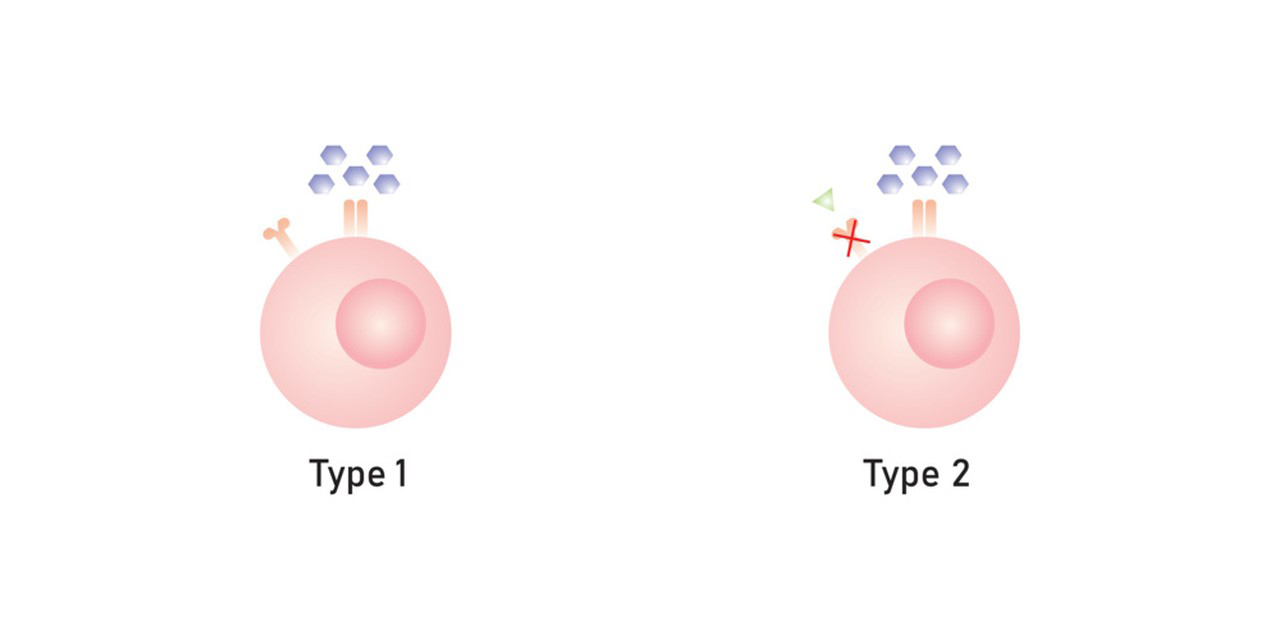Semaglutide is a medication used in the treatment of type 2 diabetes. It belongs to a class of drugs known as glucagon-like peptide-1 (GLP-1) receptor agonists. These drugs mimic the effects of GLP-1, a hormone that stimulates insulin release, reduces glucagon secretion, and slows down gastric emptying. GLP-1 receptor agonists are used to lower blood sugar levels in people with type 2 diabetes.
Here’s some information about the origin and nature of Semaglutide:
Origin of Semaglutide:
1.Development:
Semaglutide was developed by the Danish pharmaceutical company Novo Nordisk. The development of this medication was part of Novo Nordisk’s ongoing efforts to create effective treatments for diabetes.
2.Approval:
Semaglutide received approval from regulatory authorities for the treatment of type 2 diabetes. The approval process involves rigorous testing to ensure the safety and efficacy of the medication.

Nature of Semaglutide:
1.GLP-1 Receptor Agonist:
Semaglutide is a GLP-1 receptor agonist, which means it acts like the naturally occurring GLP-1 hormone. GLP-1 is produced in the intestine in response to food intake and plays a crucial role in regulating blood sugar levels.
2.Mechanism of Action:
When Semaglutide is administered, it activates the GLP-1 receptors, leading to increased insulin release from the pancreas. This helps lower blood sugar levels. Additionally, it reduces the secretion of glucagon, a hormone that raises blood sugar, and slows down gastric emptying, which can contribute to improved blood sugar control.
3.Administration:
Semaglutide is typically administered as a subcutaneous injection. The frequency of administration can vary depending on the specific formulation of the drug. Some formulations require daily injections, while others may be administered weekly.

4.Clinical Benefits:
The use of Semaglutide has been associated with improvements in glycemic control, weight loss, and a lower risk of cardiovascular events in people with type 2 diabetes. It is often prescribed as part of a comprehensive treatment plan that includes lifestyle modifications and other diabetes medications.
5.Side Effects:
Like any medication, Semaglutide may have side effects, and individuals taking it should be monitored for potential adverse reactions. Common side effects may include nausea, vomiting, and diarrhea.
It’s important to note that the information provided here is a general overview, and individuals considering or currently using Semaglutide should consult with their healthcare professionals for personalized advice and information based on their specific health needs and conditions.
